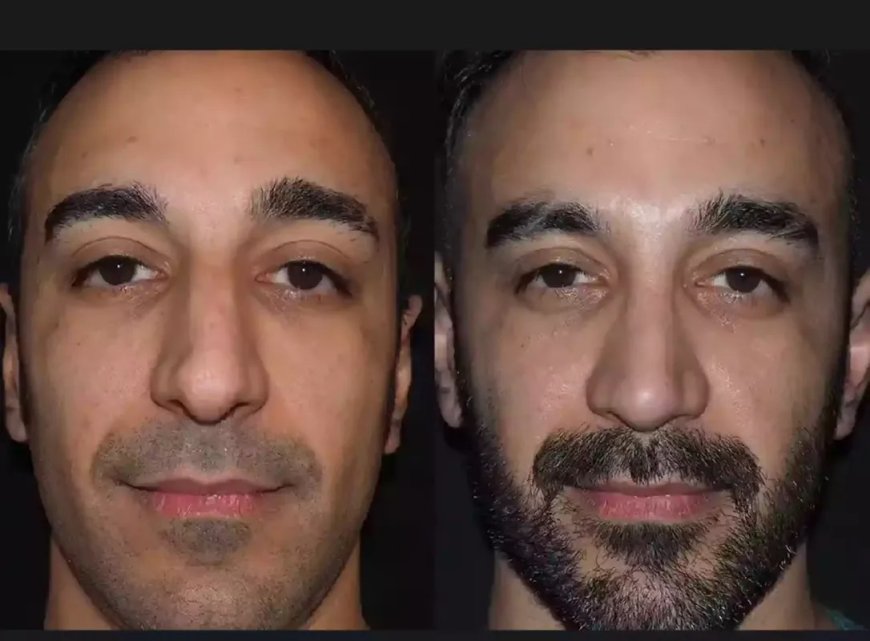Male Rhinoplasty Recovery: What to Expect
Understand the male rhinoplasty recovery process: from post-op care to healing time. Learn what to expect and how to ensure a smooth recovery.

Male rhinoplasty, also known as a nose job, is a surgical procedure that can enhance the appearance and functionality of the nose. Like any surgery, rhinoplasty requires a period of recovery to ensure optimal results. Understanding what to expect during the recovery process can help patients prepare both physically and mentally. In this article, we explore the key aspects of male rhinoplasty recovery, including the timeline, common side effects, and tips for a smooth recovery.
The Recovery Timeline
Immediate Postoperative Period (Day 1-7):
Immediately after surgery, patients can expect some swelling, bruising, and discomfort. The nose may be bandaged, and nasal packing may be used to support the new nasal structure. Patients are advised to rest with their head elevated to reduce swelling and promote healing.Check the before and after male rhinoplasty photos online.
Week 2:
By the end of the first week, most of the swelling and bruising should start to subside. Patients may still experience some discomfort, but it can usually be managed with pain medication prescribed by the surgeon. At this stage, patients can usually return to work and resume light activities.
Weeks 3-4:
During this period, swelling and bruising will continue to decrease, and patients will start to see more noticeable results. While most of the initial swelling will have resolved by week 4, the nose may still appear slightly swollen and will continue to refine over the coming months.
Months 2-6:
The majority of swelling should be gone by the end of the second month, but subtle swelling may persist, especially in the tip of the nose. Patients will begin to see the final results of their surgery, although the nose will continue to refine and settle for up to a year post-surgery.
Common Side Effects
Swelling:
Swelling is a normal part of the recovery process and can take several weeks to fully resolve. Keeping the head elevated and applying cold compresses can help reduce swelling.
Bruising:
Bruising around the eyes and nose is common after rhinoplasty and typically fades within a week or two. Avoiding strenuous activities and following the surgeon's postoperative instructions can help minimize bruising.
Pain and Discomfort:
Some pain and discomfort are to be expected after rhinoplasty. Pain medication prescribed by the surgeon can help manage these symptoms.
Nasal Congestion:
Nasal congestion is common after rhinoplasty due to swelling and the presence of nasal packing. Using a saline nasal spray can help alleviate congestion and keep the nasal passages moist.
Scarring:
Scarring from rhinoplasty is usually minimal and well-hidden. Incisions are typically made inside the nostrils or along the natural creases of the nose, resulting in barely visible scars.
Tips for a Smooth Recovery
Follow Postoperative Instructions:
It is crucial to follow your surgeon's postoperative instructions carefully to ensure optimal healing. This includes taking prescribed medications, attending follow-up appointments, and avoiding activities that could strain the nose.
Rest and Relaxation:
Getting plenty of rest and avoiding strenuous activities during the first few weeks of recovery can help speed up the healing process and reduce the risk of complications.
Healthy Diet:
Eating a healthy, well-balanced diet rich in vitamins and nutrients can support the body's healing process and promote faster recovery.
Avoid Smoking and Alcohol:
Smoking and alcohol can interfere with the healing process and increase the risk of complications. It is best to avoid them during the recovery period.
Stay Hydrated:
Drinking plenty of water can help keep the body hydrated and promote healing. Avoiding caffeine and alcohol can also help prevent dehydration.
Conclusion
Best male rhinoplasty can be a transformative procedure, but it requires patience and dedication to ensure a smooth recovery and optimal results. By understanding the recovery timeline, common side effects, and following your surgeon's postoperative instructions, you can help ensure a successful outcome and enjoy the benefits of your rhinoplasty for years to come.

 MenSurgery
MenSurgery 





